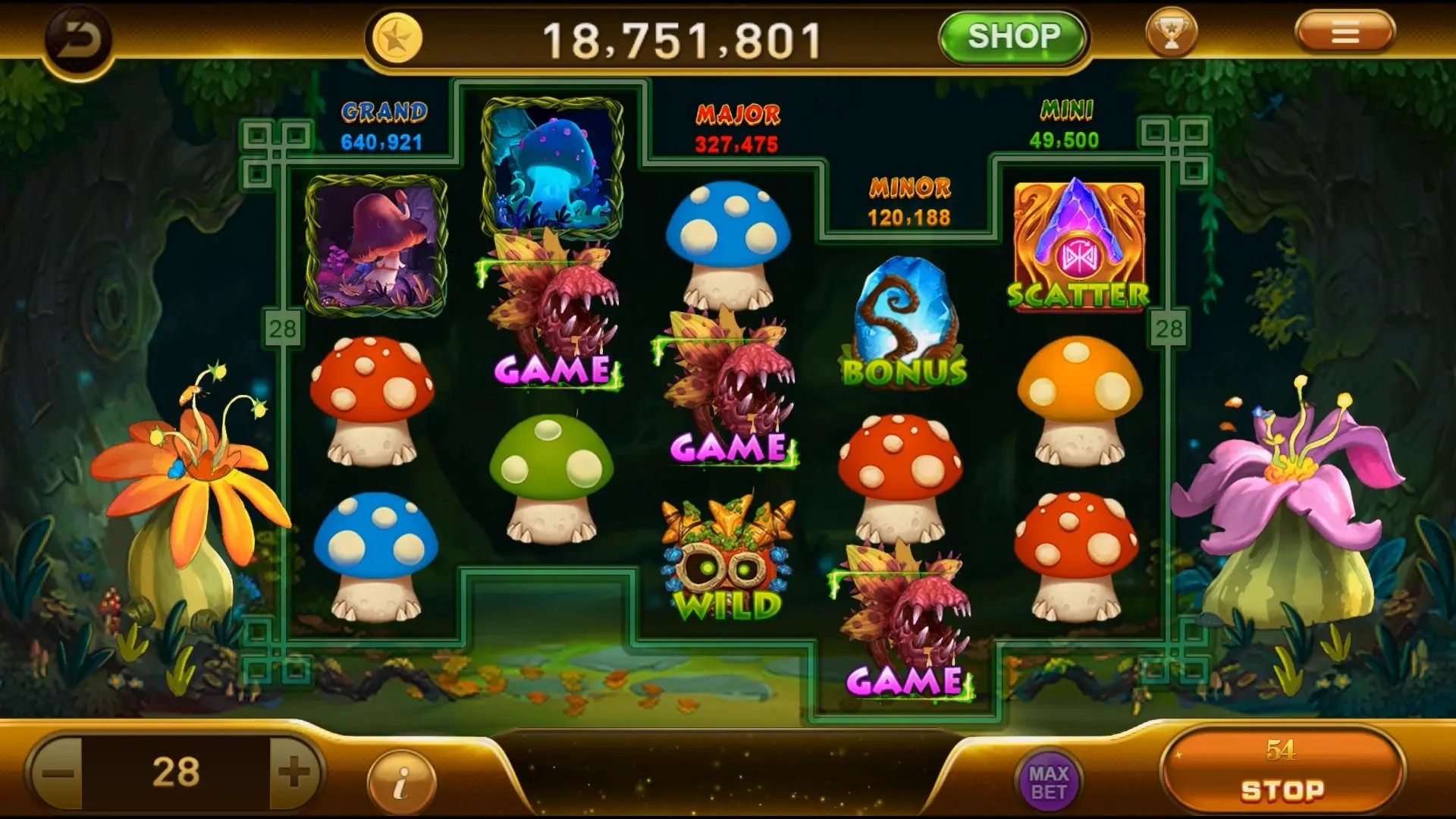Why Sandbox Games are the Ultimate Strategy Games for Creative Players
In recent years, sandbox games have emerged as a cornerstone of the gaming industry. They offer expansive worlds and boundless opportunities for creativity, firmly positioning themselves as the ultimate strategy games for creative players. When you juxtapose them against traditional strategy games, sandbox games provide a unique blend of freedom and problem-solving that is difficult to replicate. This article dives deep into the features that make sandbox games essential for anyone who loves strategy.
What Exactly are Sandbox Games?
Sandbox games are characterized by their open-world environments that allow players to explore and interact with various elements to create their own gaming experiences. Unlike linear games, sandbox games prioritize player-driven development, enabling users to define how they want to engage with the game.
Boundless Creativity
One of the primary appeals of sandbox games is the limitless creative potential they offer. Players can construct buildings, design intricate systems, or even devise unique game rules—this level of autonomy is seldom found in traditional strategy games.
Strategic Depth in Creativity
It’s easy to underestimate the strategic depth that comes with creativity in sandbox games. While engaging in a creative endeavor like constructing a city, players must still consider the economics of resource management, territorial planning, and defense, especially in multiplayer modes.
Examples of Popular Sandbox Games
- Minecraft
- Terraria
- Roblox
- Ark: Survival Evolved
Building Strategies in Sandbox Games
Players often find themselves experimenting with different building strategies. Whether you're designing your Clash of Clans base 5 or constructing a fortress in Minecraft, understanding the effects of layout can have a tremendous impact on gameplay.
Why Clash of Clans is a Perfect Example
What sets games like Clash of Clans apart from regular strategy games is the element of player creativity within a structured environment. Players are not just battling others—they’re thinking critically about their defenses, attacks, and resource management.
Environmental Interactions
In sandbox games, the environment is often interactive. Players can manipulate the world around them, whether it's through crafting tools, altering landscapes, or engaging with NPCs in complex ways. This interaction shapes how strategies are formulated and adjusted.
Community Collaboration and Competition
Many sandbox games foster a sense of community, where players collaborate or compete together. This can take the form of building competitions, shared challenges, or even PvP scenarios that test their strategic prowess.
The Role of Mods in Expanding Gameplay
Mods play a significant role in enhancing sandbox games. Players can create and share their modifications, which can lead to entirely new gameplay mechanics and strategies. This community-driven approach keeps the game alive and continually evolving.
Game Mechanics that Encourage Strategy
| Mechanic | How It Affects Strategy |
|---|---|
| Resource Management | Forces players to think critically about delivery and allocation. |
| Building Mechanics | Encourages players to strategize layouts for both aesthetic and defensive purposes. |
| Combat Systems | Increases the complexity of planning and execution during gameplay. |
Why Players Prefer Sandbox Games Over Traditional Strategy Games
The choice between sandbox games and traditional strategy games comes down to personal preference. Many players feel that sandbox games provide a more fulfilling experience, allowing them to use their imagination while still engaging in strategy. Traditional games can sometimes feel limiting, whereas sandbox games promote exploration and experimentation.
RPG Elements in Sandbox Games
Many modern sandbox games incorporate RPG elements, creating an immersive experience that blends strategy, character development, and storytelling. For example, titles like Terraria and Ark: Survival Evolved furnish players with the ability to develop their characters while engaging in strategic gameplay.
Balancing Strategy and Freedom
One of the main challenges in sandbox gaming is finding the right balance between freedom and structure. While players desire the freedom to explore and create, they also crave the satisfaction that comes from strategic victories.
Feedback Loop in Gameplay
The feedback loop in sandbox games is substantially varied when compared to traditional strategy games. Players learn from their mistakes, adapt their strategies over time, and this trial-and-error approach can often lead to deeper engagement and satisfaction.
Conclusion
In conclusion, sandbox games truly stand out as the ultimate strategy games for creative players. They seamlessly blend creativity with strategic depth, providing a dynamic and evolving platform for gamers. As the gaming landscape continues to evolve, the presence of sandbox games only reinforces their position as crucial contributors to the genre, creating experiences that are both enriching and liberating. So, whether you’re constructing your Clash of Clans base 5 or diving into the vast worlds of good RPG games for the 3DS, remember—sandbox games can offer you a playground of limitless possibilities.



